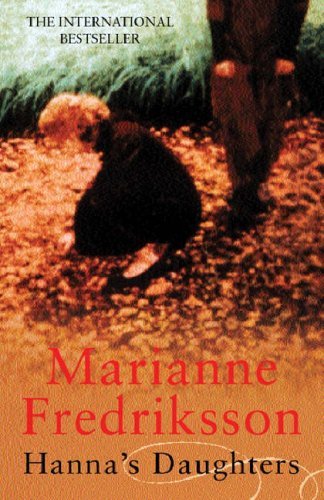
Astrid and Veronika
Book Description
Loneliness hangs heavy in the air as two women, strangers in a secluded Swedish village, find their lives intertwined in unexpected ways. Astrid, a reclusive widow, hides behind the walls of her past, while Veronika, a troubled artist seeking solace, grapples with her own demons. As their fragile bond deepens, old wounds resurface, and secrets threaten to shatter their delicate world. Together, they embark on a journey of healing, but can they truly escape the shadows of their memories? In a dance of friendship and betrayal, will they find the courage to embrace the future, or will fear tear them apart?
Quick Book Summary
"Astrid and Veronika" by Linda Olsson is a novel about the evolving friendship between two women in a secluded Swedish village. Veronika, a young writer escaping personal tragedy, rents a cottage next to Astrid, an elderly widow who lives in isolation. Initially strangers, the women gradually form a bond as they reveal their painful pasts to one another. Their companionship offers comfort and hope, allowing each to confront long-held secrets and begin the process of healing. Through lyrical prose and gentle pacing, Olsson explores themes of loss, memory, and the redemptive power of human connection. Ultimately, the novel is a testament to the transformative strength of friendship and the courage it takes to confront one's past and move toward renewal.
Summary of Key Ideas
Table of Contents
Isolation and Loneliness
Set against the evocative backdrop of the Swedish countryside, the novel opens with Veronika arriving at a remote cottage after enduring a profound personal loss. Seeking solace and inspiration for her writing, she is enveloped by the silence and stillness of the village, sharply contrasting with her inner turmoil. Living next door is Astrid, a reclusive elderly widow burdened by decades of trauma and self-imposed isolation. The village, with its sparse population and natural beauty, echoes the themes of loneliness and withdrawal the women face.
Healing Through Connection
Through tentative exchanges—first a simple greeting, then small acts of kindness—the two women slowly bridge the gap between their solitary existences. As trust develops, they share personal stories, and their connection deepens. These emerging bonds highlight the transformative potential of genuine human contact. The women's friendship becomes a lifeline, offering each a sense of belonging and acceptance that had long been absent from their lives.
Confronting the Past
As their relationship strengthens, Veronika and Astrid summon the courage to reveal their deepest wounds. Veronika shares the pain of her lover’s death, while Astrid discloses long-suppressed memories of abuse and a devastating secret from her past. These revelations, while painful, become a catalyst for healing. They support each other, offering empathy and understanding that helps them manage their grief and regret. The act of storytelling itself serves as a way for each woman to reclaim her own narrative and confront old demons.
The Power of Friendship
The developing bond between Astrid and Veronika leads them to acts of forgiveness—toward themselves, each other, and the ghosts that haunt them. Their friendship encourages growth and resilience, allowing both women to imagine a future less defined by their past sorrows. With time, they learn to let go of guilt, open up to new experiences, and find small pleasures in everyday moments. Through shared meals, walks, and quiet companionship, they draw strength from each other.
Forgiveness and Moving Forward
By the novel’s end, both women emerge changed. While the scars of their pasts remain, Astrid and Veronika have discovered the possibility of hope and the courage to face the future. Their journey underscores the novel’s central belief in the healing power of friendship—a beacon of light in life’s darkest moments. Linda Olsson’s gentle storytelling reminds readers that, even in the most desolate circumstances, meaningful connection can offer redemption and renewal.
Download This Summary
Get a free PDF of this summary instantly — no email required.





